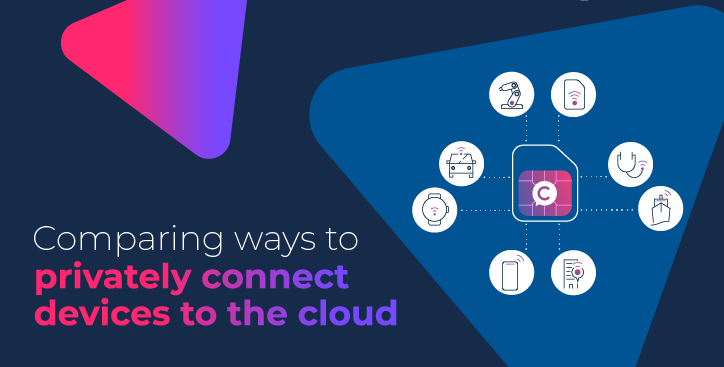Dropbox: A Private Cloud Success Story
By The Console Connect Team|8 July, 2019

Public cloud plays to the lowest common denominator
“Public cloud by design is trying to work with multiple workloads, customers and use cases and it has to optimize for the lowest common denominator. When you have the scale of Dropbox, it was entirely possible to do what we did,” Gupta said.
Now that the industry has several years worth of data to analyze on the success of public cloud migrations, there is a growing sense that a ‘lift and shift’ to public cloud isn’t right for everybody.
For some enterprises, a cloud-first policy can seem like a no-brainer, especially when compared to the quagmire of traditional data center infrastructure, says a report from data center migration specialist Nutanix, arguing that cloud-first is often a mistake.
Although moving to cloud is less and less seen as a price consideration - companies instead look to the benefits of elasticity and scalability - Nutanix claims that many organizations suffer “sticker shock” when their monthly cloud bill arrives. The Nutanix Enterprise Cloud Index, which is based on surveys of 2,300 global IT decision-makers, found that a mere 6% of the respondents using public cloud services said they stayed under budget, while 35% overspent.
Workloads moving back to private clouds
To further expand on this phenomenon, a recent Enterprise Strategy Group study of IT organizations found that 41% of IT decision-makers they spoke to had moved a workload back from the public cloud to be run on-premises. Often the move was based on one or more of three assertions:
- There are factors that make certain workloads better suited for an on-premises deployment.
- These factors are not obvious and are influenced by workload, data, performance characteristics and expected growth, as well as specifics regarding the business and the IT department making the decision.
- When a firm has a cloud-first deployment strategy, not enough upfront work is done to investigate these factors.
The only constant is that one size does not fit all
In other words, when it comes to deploying a cloud-first strategy, some dangerous assumptions are made. And of course, moving workloads back to private infrastructure from the public cloud comes with pitfalls of its own.
So, what’s the answer? Is private cloud a better choice? Or can public cloud live up the hype? Perhaps hybrid cloud or multicloud?
Ultimately, when it comes to something as vital as enterprise infrastructure, what works for one organization might not work for others. In the case of Dropbox, there are few businesses that have the same scale and requirement for customer storage infrastructure. The only no-brainer is to do a thorough financial and technical analysis, that accounts for the full range of variables associated with disruptive technologies like public cloud and private, hybrid- or multicloud infrastructure.










